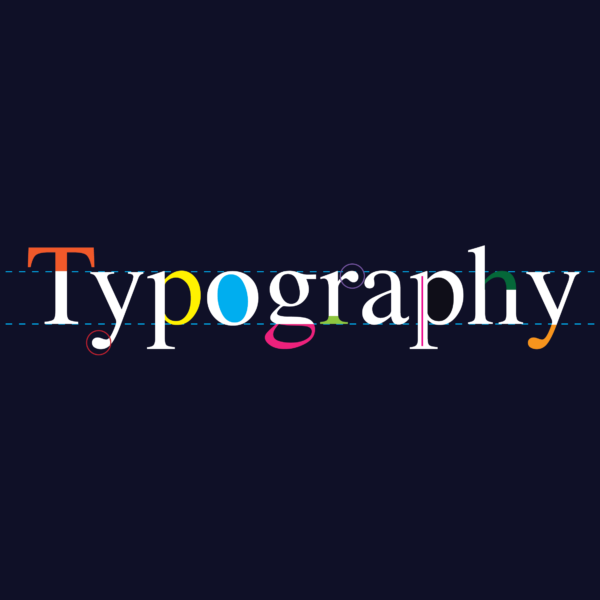Color isn’t just an aesthetic choice in web design; it’s a powerful psychological tool. This post will delve into the impact of colors on user behavior, emotions, and perceptions, guiding web designers on selecting hues that align with their brand and evoke the desired responses from visitors.

Colors have a profound effect on how users perceive and interact with a website. Different colors evoke specific emotions and associations. For example, warm colors like red and orange can create a sense of urgency or excitement, while cool colors like blue and green can convey calmness and trust.
Understanding color psychology is crucial for brand identity. The colors chosen for a website should align with the brand’s values, message, and target audience. Consistency in color usage across the website builds a cohesive and memorable brand image.
Beyond emotions, color can influence user actions. Call-to-action buttons in contrasting colors can draw attention and prompt users to take desired actions. Proper color contrast is also essential for readability, ensuring that text is easily legible against the background.
Web designers need to consider cultural and contextual factors when choosing colors, as different cultures may associate colors with varying meanings. By harnessing the psychology of color, web designers can create visually appealing and impactful websites that resonate with their audience.


